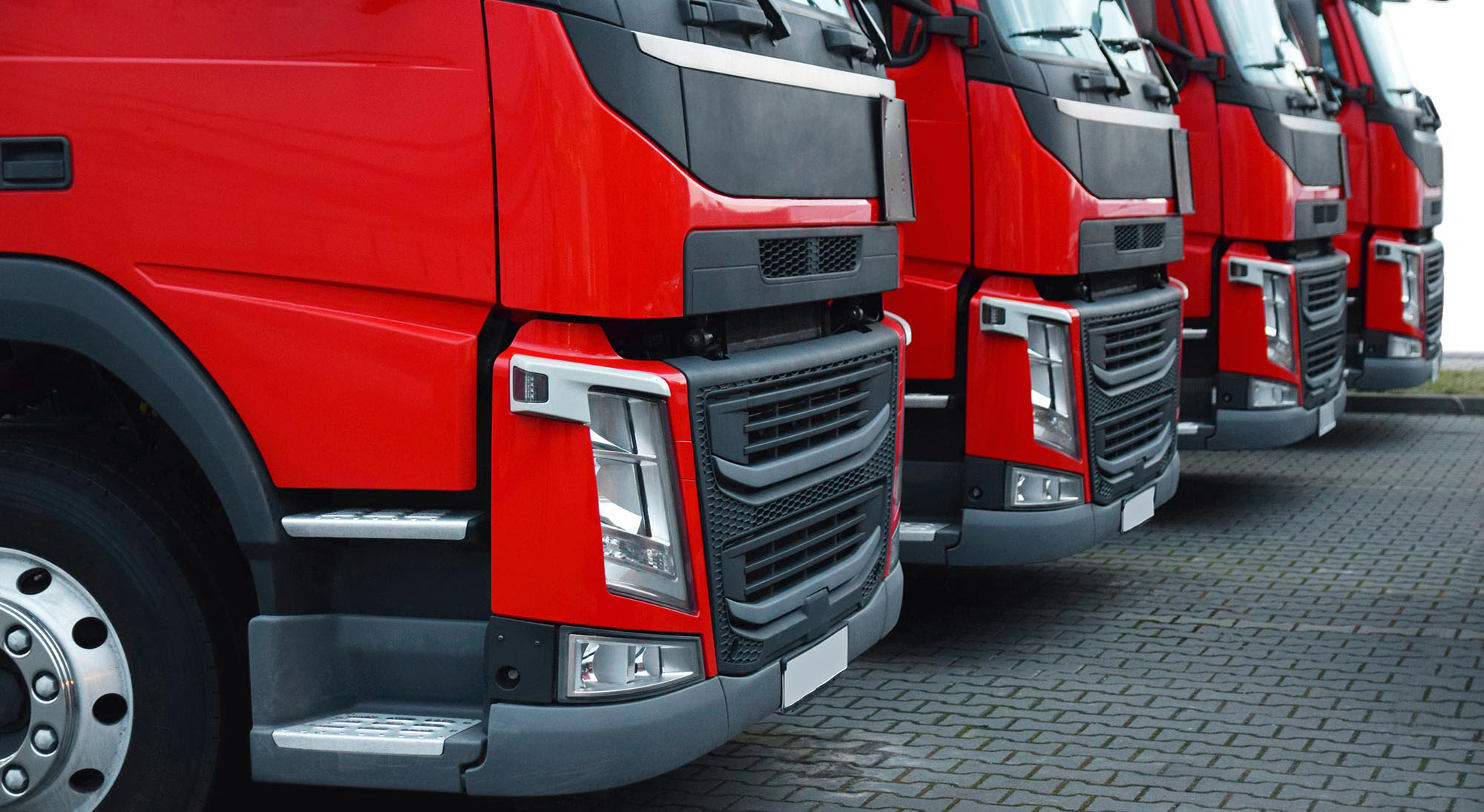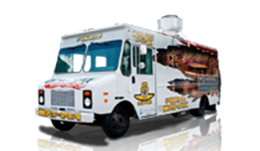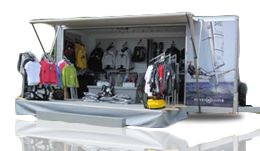Semi-Trailer vs Full Trailer: What’s the Difference?

The first motor truck was the Daimler’s truck built-in 1896. It was a pickup truck with a 4-horsepower engine, one reverse, and two forward speeds. In 1898, Alexander Winton sold the first batch of cars he manufactured. The only problem is the delivery of the cards. This resulted in his invention of the first hauler truck in 1899. Since then, trucks have evolved on both principles. Daimler’s prototype is that of a full trailer, while Winton’s hauler is a semi-trailer. It’s easy to distinguish one from the other. A full trailer is a straight truck type. A semi-trailer is a trailer attached to a truck. To dig deeper, let’s have a comparison of a semi-trailer and a full trailer.
What’s Inside
What are Semi-Trailers and Full Trailers?
Semi-trailers are a combination of a truck and a trailer without a front axle. They can easily be detached from a truck. The trailer usually has legs to support them when uncoupled from the truck. Some of the most common types of semi-trailers are:
- Car carriers
- Container trucks
- Curtain siders
- Flatbeds
- Oil tankers
Full trailers are trailers with both front and rear axles. They are a fixed attachment to the truck and cannot be detached. Full trailers commonly have a drawbar for pulling or towing. The most common types of full trailers are:
- Box van
- Caravan
- Concrete mixer
- Dump truck
- Wrecker tow truck
Difference Between a Semi-Trailer and a Full Trailer
Below are the major differences between a semi-trailer and a full trailer.
Axle Position and Support
A semi-trailer has no front axles. They’re on the rear part of the vehicle to support half of its weight. The other half of the weight is supported by the back of the truck. Full trailers both have front and rear axles. Sometimes, the rear axles are situated in the middle. These axles support the full weight of the trailer.
Connection
The semi-trailer is connected to the truck by a kingpin. The kingpin is made of heavy metal. It’s a cylinder in shape and can be found underneath the front end of the trailer. It’s the mechanism that locks the trailer to the truck. A full trailer, on the other hand, is connected to the truck by a front hook. A hitch locks the hook to the truck and it only needs to be pulled.
Dimension
The standard dimension of a semi-trailer is 48 to 53 feet long, 8.5 feet wide; and 13 feet high. They can carry up to 80,000 pounds. While the standard dimension of a full trailer is 10 to 26 feet long, 8.5 feet wide; and 13 to 14 feet high. And they normally carry 33,000 pounds. Typically, semi-trailers are longer than full trailers and can carry heavier loads.
Independence
Semi-trailers rely on the landing left to support their weight while in motion. They can’t support or stand through the tires. They only take part of the cargo weight while the back of the truck supports the other half. In reverse, full trailers can bear their weight and stand by themselves. They take their full weight by themselves together with that of the cargo.
Logistics
Semi-trailers are more popular than full trailers when it comes to logistics. They are commonly used for long-distance hauling. It’s because they are easier to handle, to move, and faster to load and unload. They are used to transport heavier and larger loads in a single destination. Full trailers got commercial cargo capacities. They’re normally used for short-distance transport by factories, ports, terminals, and warehouses. Most often, they deliver in different locations unloading cargo in the different drop off points.
Semi-Trailers Versus Full Trailers
Between the two, semi-trailers have a better edge than full trailers being the more popular types. But each has its advantages and disadvantages.
Full trailers are perfect for transporting lightweight goods in volume. They’re easy to drive and have low operational costs. Loads are usually local goods. There are times when a commercial driver’s license is not required.
Semi-trailers are ideal for heavier and larger loads. During snow and rain, they provide better traction than full trailers. Doing a reverse is also easier for semi-trailers because they only have a single turning point at the coupling. A full trailer has two turning points making it harder to reverse. The trailer, being detachable, allows easy loading and unloading. In case the truck or the trailer needs repair, it’s easy to attach another unit any which way.
Semi-trailers tend to easily tip over than full-trailers. It’s because the truck carries half of the weight and is affected by gravity. They are also prone to jackknifing. Since the trailer constantly swings, there’s a tendency that they can be pushed out of the cab.
In general, semi-trucks are ideal for long-hauls while full trailers are better for local goods transport. Full trailers have fewer maintenance costs but semi-trailers offer a lot of opportunities to earn higher.






